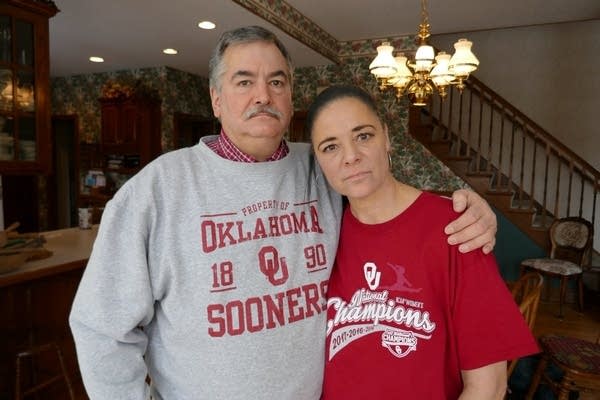Family of Minnesota gymnast reacts to $500 million settlement in Nassar case

Maggie Nichols' parents Gina and John, in their home in February 2018.
Nina Moini | MPR News
Go Deeper.
Create an account or log in to save stories.
Like this?
Thanks for liking this story! We have added it to a list of your favorite stories.


